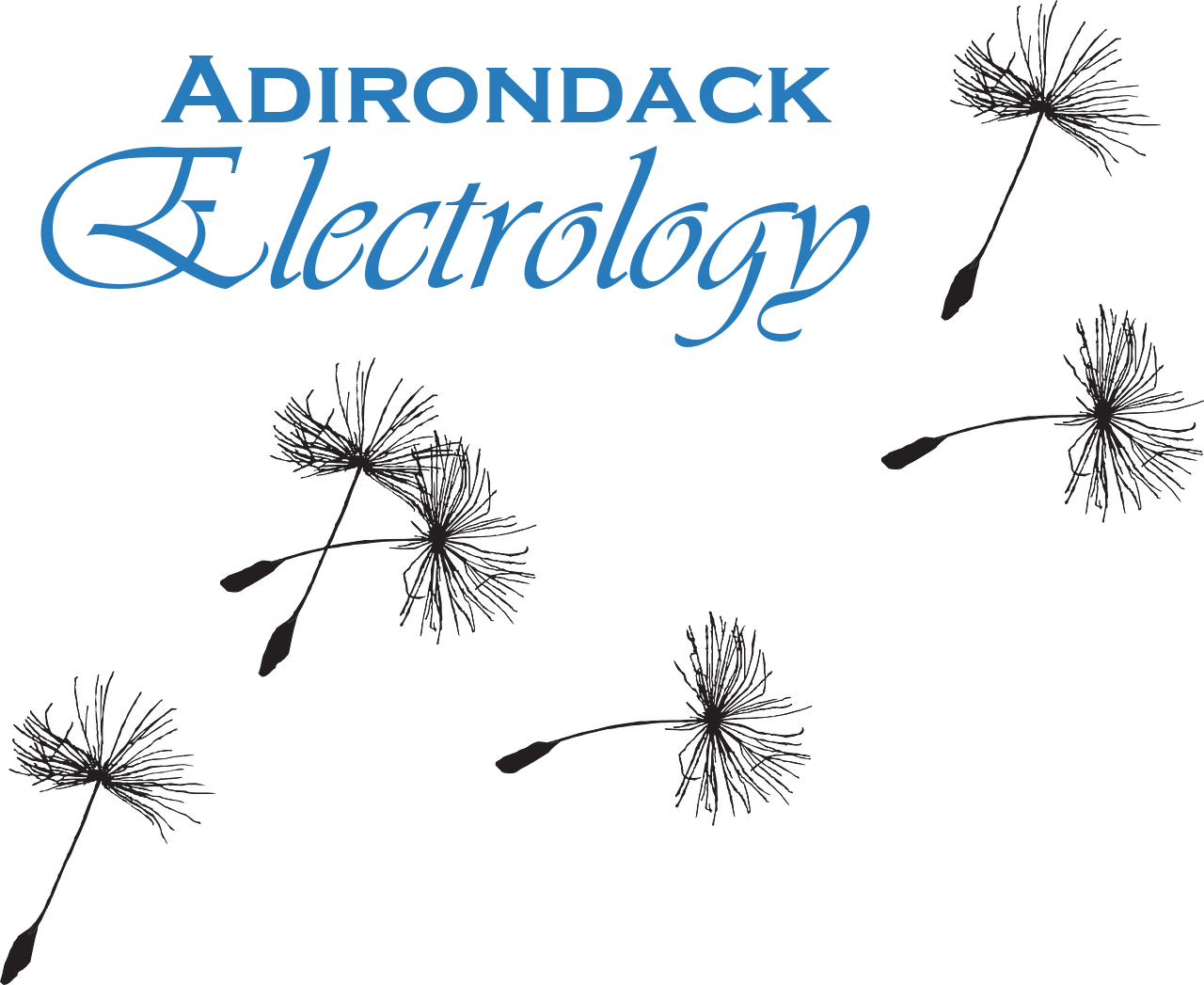What is the Difference Between Laser Hair Removal and Electrolysis?
Laser hair removal and electrolysis are very different. Laser hair removal uses infrared light to generate heat, and the pigment of the hair acts as a conductor and pulls that heat into the base of the hair follicle, which will damage the follicle's ability to grow a robust hair. Because laser relies on conductivity of the pigment or color of the hair, only hair that is dark brown or black and skin that is fair is suitable for laser treatment. Hair that is blond, white, gray, red, or light brown will not respond to the infrared light. If the skin is tan or dark, infrared light can burn the skin.
When doing laser, you must shave or trim the hair close to the skin. After the laser treatment, the hair is left to work its way out of the skin over the course of the next couple weeks. Several weeks must pass in between laser treatments, to allow a new batch of hairs to come in. The laser treatment itself is very brief, as the light is flashed over about a square inch of skin for a mere second or two before moving onto the next inch of skin. The entire treatment can be just a few minutes. The sensation is said to be similar to a rubber band snapping against the skin. Because not every hair treated with laser will respond, there will often be patchy results, and not every hair will be eliminated, even over time and repeated treatments. As a matter of fact, the FDA no longer considers laser to be permanent hair removal, but rather a permanent hair reduction. The hair will be thinned and reduced, anywhere between 20-80%. Laser hair removal is costly, and often needs to be booked in a series, such as 6 sessions over an 8 month period, and pre-paid upfront. Laser is a powerful tool that requires specific training, and often needs to be performed by a medical professional such as a nurse, or under the supervision of a Doctor or a Physicians Assistant.
Electrolysis hair removal also utilizes heat at the base of the hair follicle, but the heat source is accurately applied through the use of a fine wire probe, and a small electrical current, into each and every hair that is to be treated. Because electrolysis does not rely indirectly on pigment, this method of hair removal is suitable for any color hair and any color skin. The intensity of the electrical current can be adjusted in different ways to make the sensation more comfortable for the customer. The sensation is comparable to a pinch or a sting, and is commonly well tolerated. When preparing for electrolysis, the customer is asked to leave the hair as is, or if trimming is necessary to minimize appearance in between appointments, the hair should be left at least long enough to be grabbed with a tweezer, and long enough so that the angle and direction of growth is evident.
After the wire probe is inserted and the electrical current is applied, the hair will separate from the follicle, and can easily be removed with a tweezer. The hairs that have been treated will have been removed, and will not be left in place at the end of the session. Because each hair is treated individually, an electrolysis session will take longer than a laser session, but each hair can be treated and removed in several seconds, meaning approximately 6-8 hairs or more can be removed in each minute. A treatment can last 15 minutes or an hour or more, depending on the area to be treated and how much hair is there, and how much wants to be accomplished in each session. The treatments are pay-as-you-go and can be scheduled with as much or as little time in between as desired. Over time, all the hairs can be treated as new and different batches of hairs come in, and eventually, the hair will be completely and permanently removed. Electrolysis is performed by a person who has been trained and experienced in this method of hair removal. Medical oversight is not necessary.
